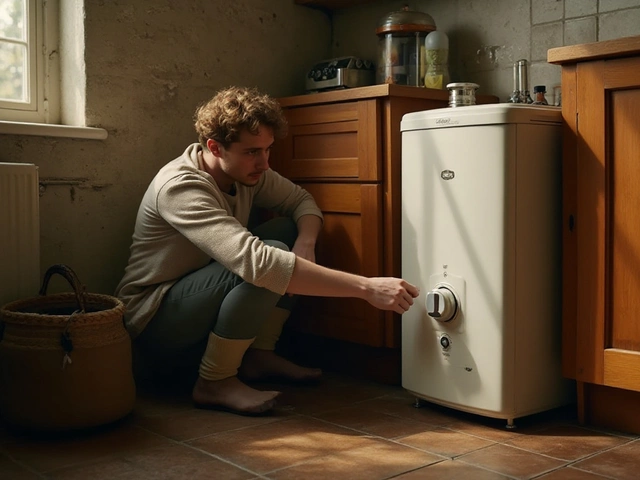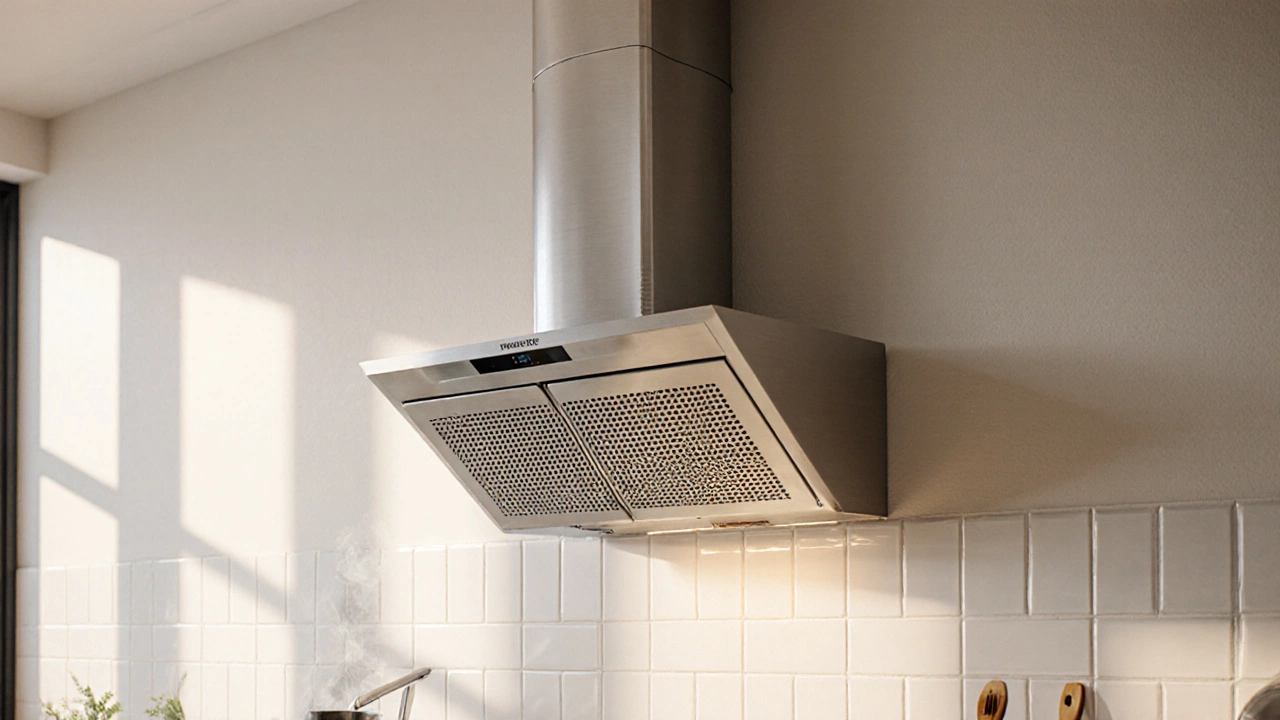Extractor Fan Servicing – What You Need to Know
Got a noisy or weak extractor fan? You don’t have to throw it away. Most problems are simple fixes that you can do yourself, and even the tougher jobs have clear steps. In this guide we’ll walk through cleaning, basic troubleshooting, motor replacement, and the signs that it’s time to call a professional. By the end you’ll know how to keep your kitchen or bathroom ventilation running smoothly.
Quick Wins: Cleaning and Simple Checks
The first thing to try is a good clean. Grease and dust build up on the fan blades and motor housing, causing noise and reduced airflow. Turn off the power, remove the fan cover (usually a few screws), and soak the filter in hot, soapy water. While it’s soaking, wipe the blades with a damp cloth and vacuum any loose debris from the housing. Re‑assemble, switch the power back on, and you’ll often hear a noticeable improvement.
If cleaning doesn’t help, check the power supply. Make sure the fan is plugged in securely and that the circuit breaker hasn’t tripped. A loose connection can make the fan sputter or stop altogether. You can also test the switch with a multimeter – if it reads zero continuity, the switch is dead and needs replacing.
When the Motor Needs Replacing
Motor failure is the next common issue. You’ll know it’s the motor if the fan runs but the blades don’t spin, or if you hear a humming sound with no airflow. Most extractor fans use a standard 120V motor that can be swapped out with basic tools. First, note the make and model – the motor size, voltage, and mounting style must match. Disconnect the wiring, unscrew the old motor, and take it to a local supplier for a replacement. When installing the new motor, reconnect the wires exactly as they were (usually a live, neutral, and ground). Tighten the mounting screws, re‑attach the fan cover, and give it a test run.
If you’re unsure about the wiring or can’t find the exact motor, that’s a good cue to call a qualified electrician or a specialist like Rugby Appliance Repair Services. Trying to force a wrong motor can damage the fan, cause a short, or even start a fire.
Beyond cleaning and motor swaps, regular maintenance keeps problems at bay. Schedule a quick check every six months – wipe the blades, inspect the wiring for frayed edges, and listen for unusual sounds. A well‑maintained fan lasts years and saves you money on energy bills.
In summary, most extractor fan issues are fixable with a screwdriver, a bit of cleaning, and a replacement motor when needed. If the fan still refuses to work after these steps, professional help is the safest route. Keep this guide handy, and you’ll know exactly what to do the next time your fan starts acting up.







